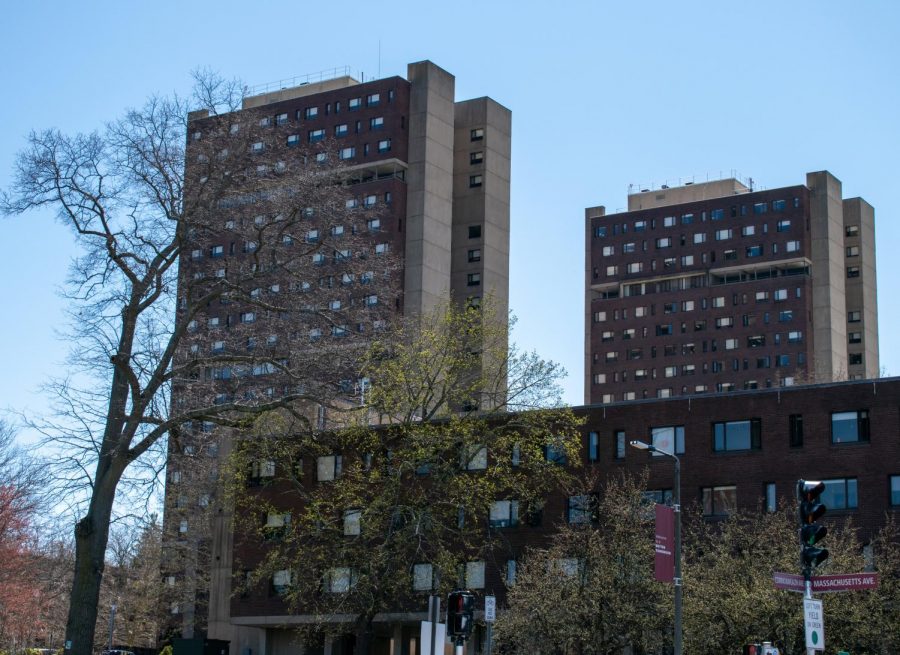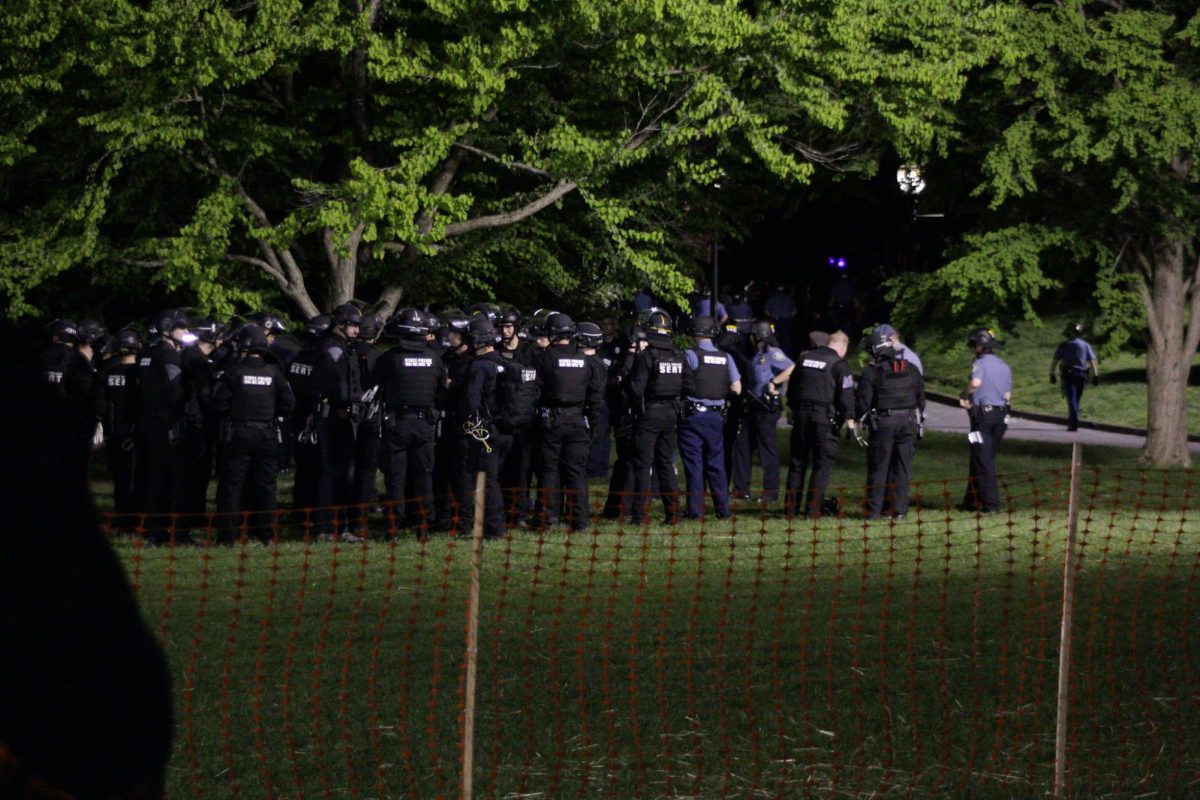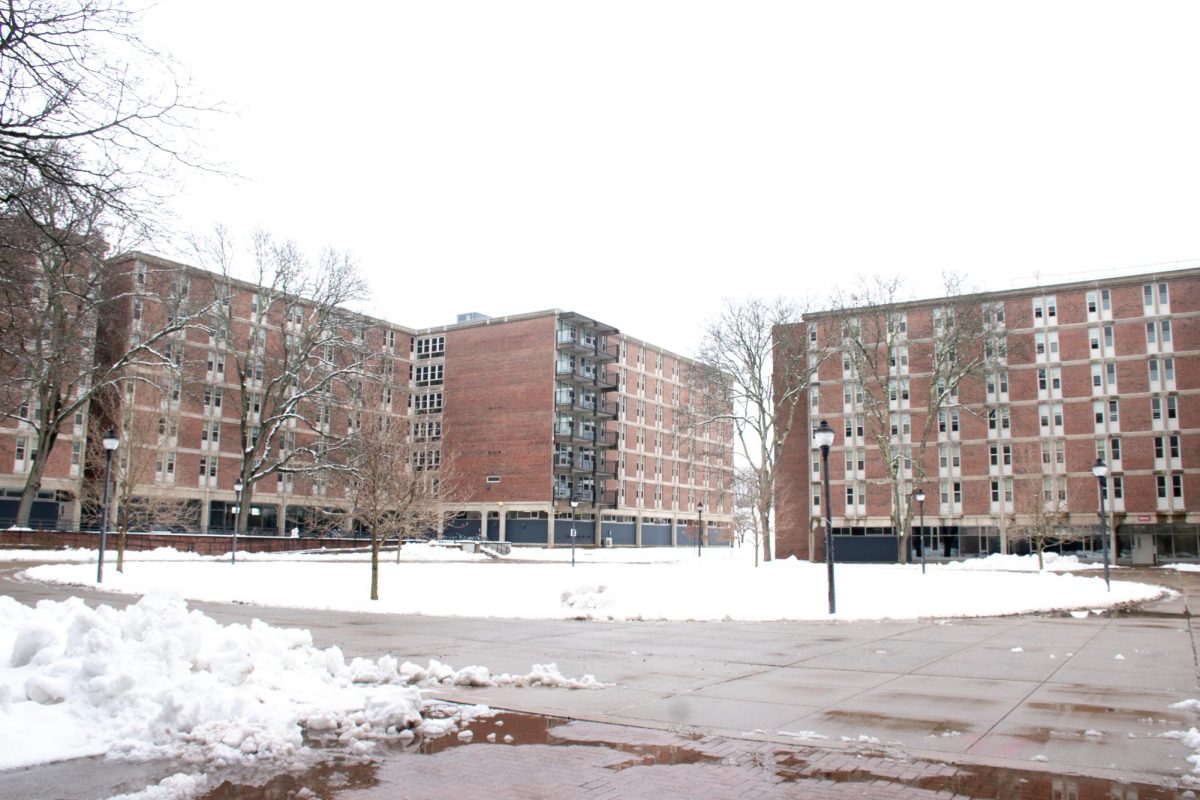The University of Massachusetts has a housing crisis. While we’re all clear on that, there is still debate on how to solve it. The reality is that any fix is easier said than done. Is it primarily on the university to make more housing? Or should the town of Amherst and other neighboring towns contribute more? Where will the money and space come from? And how will we overcome inevitable concerns from locals who have their own housing needs and don’t want new housing to hurt their quality of life?
The bottom line is that we need more housing. Right now, the university is uniquely responsible for creating new housing. It has continued to accept more students than both local housing and our own housing can handle. The university demolished the Lincoln and North Village Apartments for upperclassmen and graduate students without providing replacement housing. Granted, no one can make housing out of thin air, so any replacement housing will take several years to complete.
The university has knowingly enrolled more students than the available housing can accommodate. Meanwhile, dorms across campus are in dire need of maintenance, if not complete replacement, as recent events in Central Residential Area’s Chadbourne Hall have shown.
By living here, Amherst residents arguably sign up to live near a college and must deal with the consequences. Locals did not sign up for UMass students pricing them out of their own homes and competing with them for basic amenities, and thousands of these locals are the very ones keeping our university running around the clock.
Beyond UMass’s housing crisis, people in Amherst and throughout the Pioneer Valley are struggling to find affordable housing. According to a 2021 report by UMass’s own Donahue Institute, Hampshire County — which includes Amherst, Northampton and other neighboring towns — needs more than 2,100 housing units to keep up with demand (and a projected 3,500 by 2025.) Simply put, the town of Amherst and the surrounding area were not designed for this many students, at least without expanding necessary infrastructure along the way. (Spoiler alert: we haven’t.)
UMass is not truly to blame for this, though. A primary reason for UMass’ continued over-enrollment is insufficient funding from the Commonwealth of Massachusetts. This is at least according to the university administration. To cover gaps in funding, especially since the pandemic, the university has resorted to accepting more students to offset costs.
Since the state has allegedly contributed to UMass’ overcrowding and resulting housing shortage, it should provide the funding needed for new housing.
Due to pandemic-related supply chain woes, building new housing is not affordable. To get the most bang out of their buck, the University needs to build dense apartment housing that is built to last. This was a key problem with the now-demolished Lincoln Apartments, which were designed to be temporary housing as far back as the 1970’s.
On campus, this means building dorms like Southwest Residential Area, Orchard Hill Residential Area and the Commonwealth Honors College dorms. Off campus, more apartment housing will naturally be harder to get, though it can be done through an important provision of Massachusetts law known as Chapter 40B. Enacted in the 1970’s to help reduce inequality and segregation, this law ensures that people can construct affordable housing developments if 20 to 25 percent of the houses are affordable.
We also need outreach and public relations campaigns to show Amherst residents that new, affordable housing developments will improve, not harm, the community. For instance, a Princeton professor’s study of a low-income housing project in a New Jersey suburb, residents long opposed the development on the grounds that it would lower property values, cause crime and increase taxes. The project did none of those things, instead, increasing its residents’ quality of life.
Amherst and other surrounding towns cannot solve UMass’ housing needs without also solving those of the locals. These two groups have ended up competing over the same housing. The university has created tension with the local community as its students have outspent locals for housing. If the university does its part to ensure more housing for its student population, then it will be easier for locals to solve their own housing shortages.
To encourage more housing, Amherst needs to streamline the process for making apartments, which are denser and more affordable than single family homes. To pave the way for affordable housing for everyone in Amherst, locals and students alike, we must allow for smaller lots, more two-family and multifamily houses and apartments. Collaboration with existing housing-oriented groups such as Amherst Community Connections and the Amherst Housing Authority is also important.
Despite growing housing woes since the start of the pandemic, during the same period there has been progress towards solving the affordable housing crisis, on campus and off. The university plans to finish $200 million replacement housing for graduates and undergraduates in Fall 2022 and Fall 2023. Northampton, meanwhile, has sworn in a mayor, who has made affordable housing one of her administration’s top priorities. Amherst is poised to enact a variety of the suggested reforms, such as removing bureaucratic red tape and allowing more efficient, denser housing.
These reforms may come too late for many students and locals alike. Though both groups will have to speak up and demand better housing together if we want change any sooner.
Liam Rue can be reached at [email protected].



















